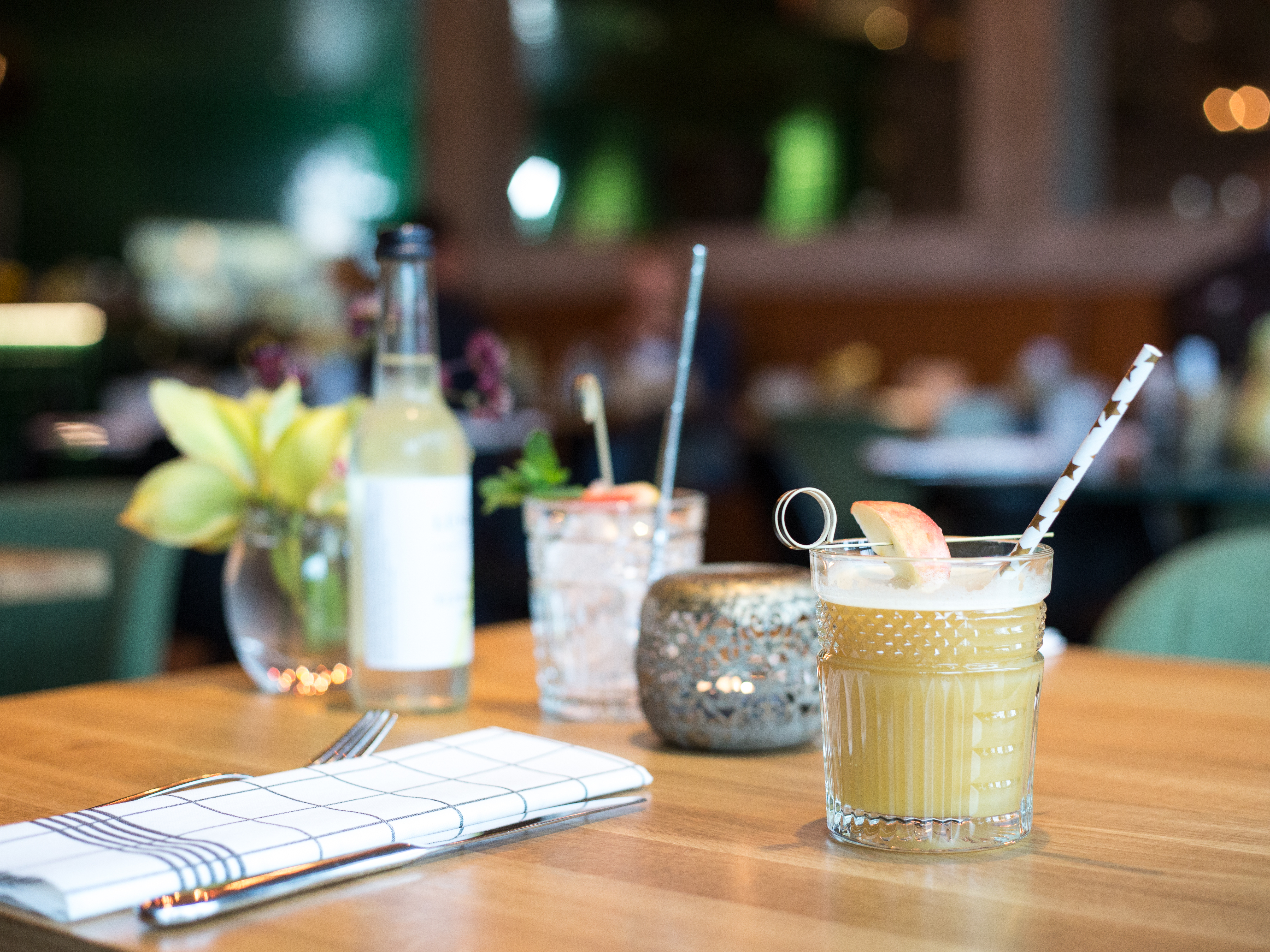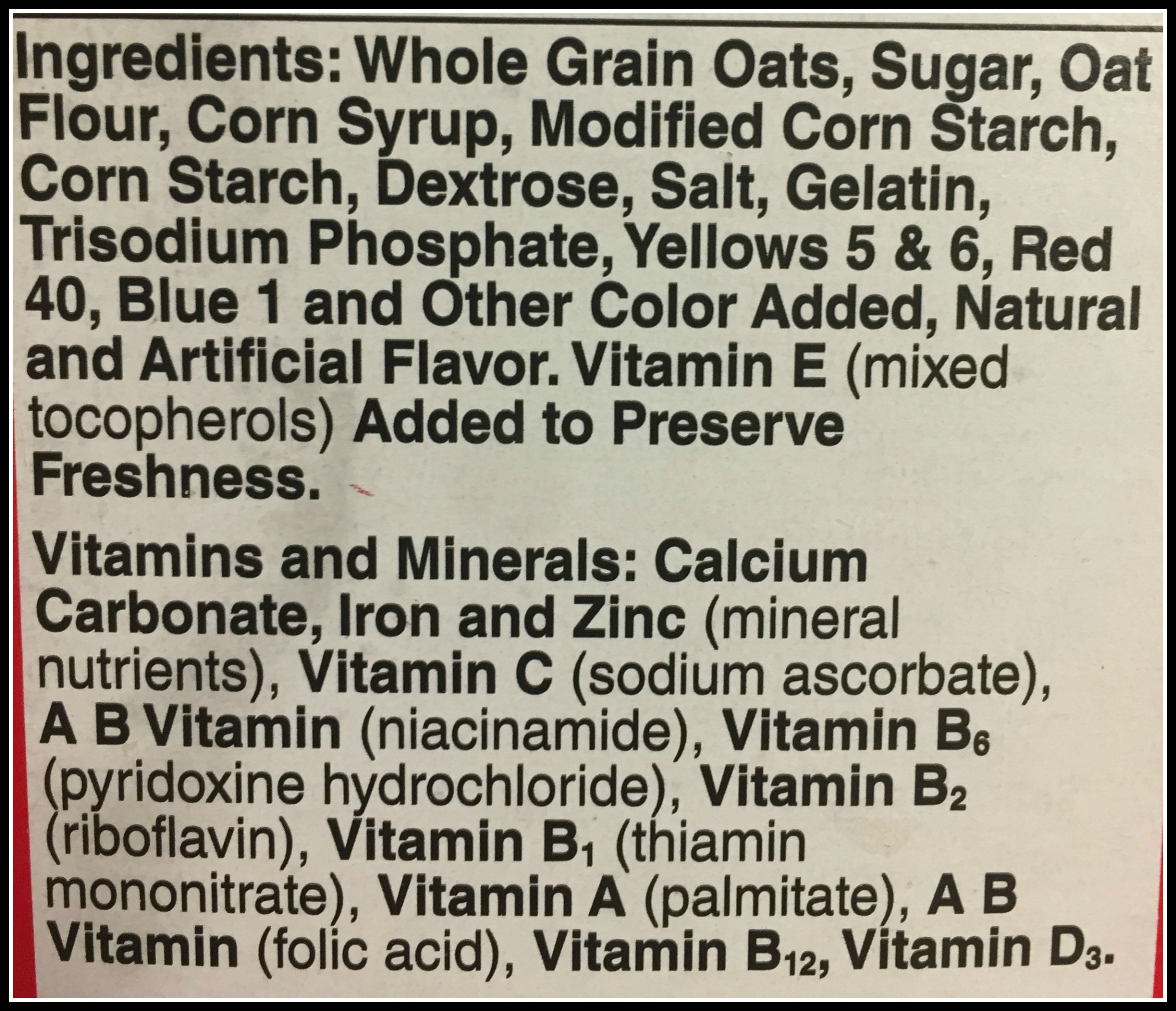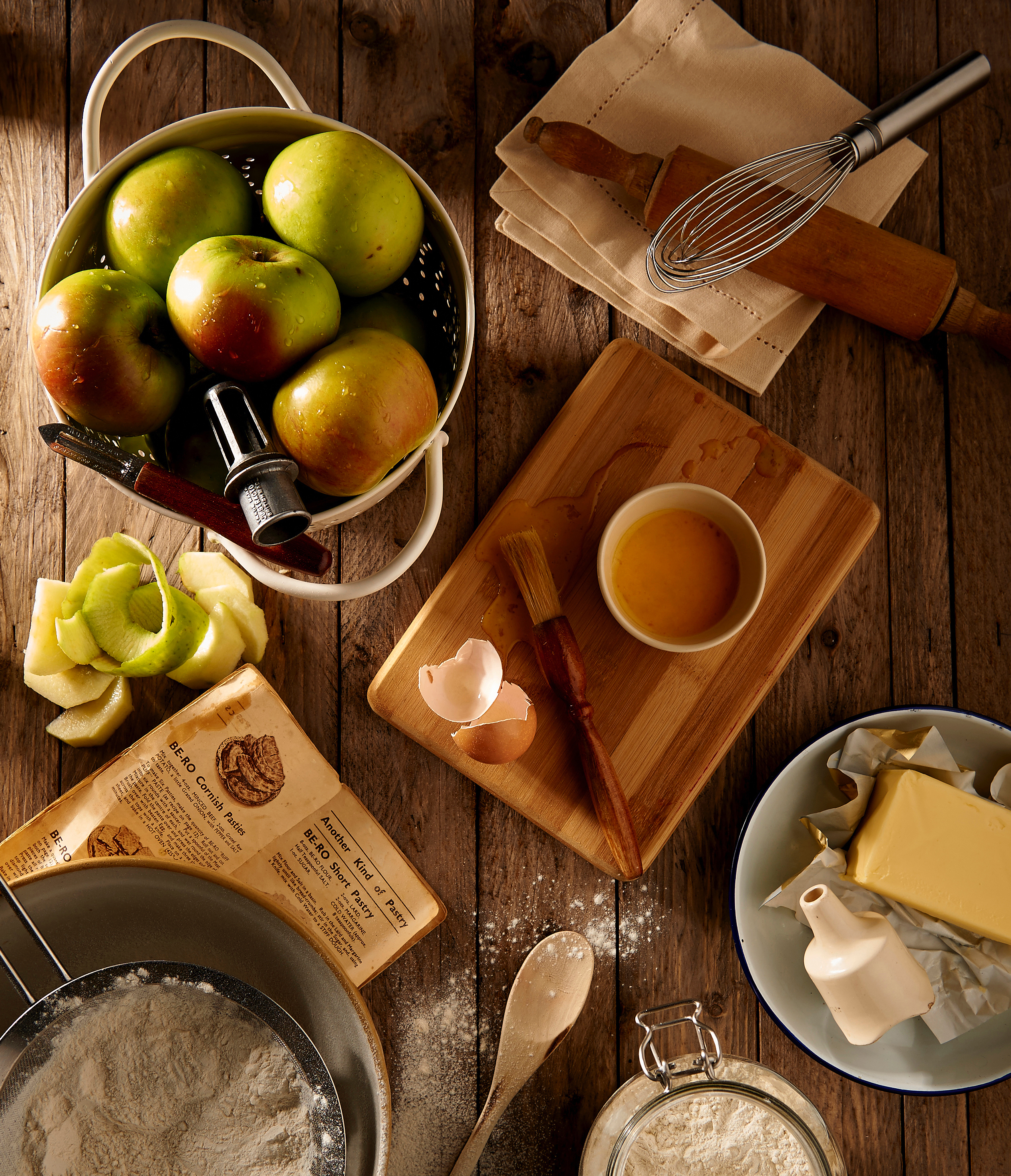Clean Eating- Become a Label Reader
Clean eating is one of the biggest ways that you can help to live a cleaner lifestyle. A lot of us wouldn’t believe what we put in our bodies every day. For example, a major sandwich chain was recently caught using rubber band material as an ingredient.
How do you eat cleaner? A good way to start is starting to read labels. The term label reader has been used as a diminutive term but everyone should be reading labels. They help us to identify ingredients that we don’t want circulating in our system. Harmful ingredients can have trouble breaking down, make us sick, and some even say that they can cause lifelong diseases such as cancer. More on that below….
How do you become a label reader then?
We are going to give you some of the best tips to become a label reader. Each one of these has been recommended by not just other label readers but also by nutritionists.
Don’t Think Modern Law Protects You
It is a common belief that the law prohibits any harmful substance from being added to foods or beverages. This would be logical too. But it simply isn’t true. Often times we don’t find out about the harm a substance does until after it has entered the main stream.
Laws simply can’t adapt quick enough to be able to handle every circumstance out there. Plus, testing is not as thorough as it should be for food products. This is changing but it will take time. More and more laws are being created to help protect our food.
If you want to make a difference in the requirements for labeling, testing, and notification of consumers, make sure that you get thoroughly involved in the voting process. There are also grocery stores specifically dedicated to organic or healthier foods.

Read The Whole Label Every Time
We all have foods that we buy regularly at the store every time. In most cases we just assume these foods are safe to eat and are preservative free. Making assumptions can be dangerous. Some foods just sound safe. Sounding safe is not the same thing as actually being safe.
Read the label on every food you buy, even if you have bought it before. Even if it sounds like something that would be safe to eat. No matter what reason you might have for buying it. There are a lot of foods that we think are safe but contain chemicals that aren’t good for us. Packaged meats, cheeses, and bread are just a few examples of foods that we sometimes assume to be natural and healthy.
Product labels are ordered in the most used ingredient down to the least included ingredient. When it comes to reading the label make sure that you continue through the whole label. It may be tempting to stop once you start seeing ingredients you know. However, there could be small amounts of ingredients you don’t want. Even small amounts of ingredients can be harmful. This is especially true with a long term exposure to that small amount of ingredient.
Look For Whole Foods
The best foods to look for to be healthy are whole foods such as whole breads. Foods that aren’t processed are far less likely to have chemicals or preservatives in them. Processing is the point at which a lot of foods get that ruinous additives. Don’t let whole foods fool you though, make sure to still read the labels to make sure that any harmful ingredients haven’t some how ended up in your food.
Drinks Count Too!
There is a heavy focus on reading the labels for food. We want to know what is in our food. But what about what we drink. Sure, almost all water will be okay. What about that coffee you drink before work, how about that energy drink, that soda, you get the point. Make sure that you read the labels on anything you drink. And….just when you thought water was safe. Read labels on those popular enhanced water drinks!
Often times, the ingredients of drinks can be just as bad as those found in foods. As a very odd but popular example, think about when Coca Cola used to use cocaine as an ingredient in its drinks. They weren’t expecting it to have the impact it did.

Fancy Names
The biggest thing to look out for is anything that you can’t pronounce. Most of these are scientific names for ingredients. While some are only one word, others can be two or three words long. Fancy named ingredients that are hard to pronounce often sound like something you should find in a science lab, not in your food.
An example of this is butylated hydroxytoluene (BHT). See a name like this, put that food back on the shelf. BHT is used to prevent foods from becoming rancid and is also used commercially in cosmetics, pharmaceuticals and jet fuels!!! Checked the labels on boxed cereals.
Along with fancy names, you should avoid any coloring. Artificial colors tend to include chemicals or side ingredients that make them unhealthy to eat. Especially of concern are colors that begin with FD&C.
Find Alternatives To Cravings
Everyone has cravings, they aren’t just something that pregnant women get. When you get a craving and the label has ingredients listed that are not clean, look for an alternative. More and more recently there has been a focus on creating healthy alternatives to junk food.
While they may not be perfect, anything you can do to be healthier is a step in the right direction.
Avoid Ingredients With Numbers In The Name
Ever seen an ingredient with a number next to it? Often times these are colorings such as Red 40. The number that follows an ingredient is usually an indicator that it won’t be good to have if you are focused on clean eating. Numbers can be the sign of artificially produced ingredients or chemicals. Trader Joe’s and Black Forest are two examples of candies that currently use natural ingredients for coloring: Black Carrot Juice, Carrot Juice, Beet Extract and Turmeric.
Steer well clear of any ingredients with numbers. Here are some other ingredients besides coloring which may have numbers in them.
• Propionates 280-283
• Sodium Benzoate 211
• Sodium Nitrite 250, 251
• Sulphites 221-228
• Sulphur Dioxide 220

Be Skeptical
As you read labels you will find that there are ingredients that may look like alternates for healthy ingredients. For example, you might find an ingredient that comes up as a vitamin. Research the ingredient and see what it really is. In some cases, these vitamins are actually artificial.
The only good vitamin is a real, natural vitamin. Not one that is produced in the lab- also known as synthetic vitamins. Interestingly enough there are actual genetic conditions that prevent people from processing synthetic vitamins. Methylene Tetrahydrofolate Reductase Deficiency (MTHFR) is one example that can cause a lot of problems. A good site to get more in-depth information on this is www.mthfr.net .
Search Ingredients You Don’t Know
We have wonderful devices now that put Google at our fingertips, even when we are at the grocery store. When you are reading the label you are bound to see an ingredient or two that you don’t know, especially if you are just starting out on label reading. Should you find an ingredient that you don’t know, simply put it into Google. Try searching for “BHT and Food” now. Before you visit a restaurant research their products, suppliers and ingredients. Disgusted by the “rubber band material?” This is a great article to read to educate you on some fast food chains. Education is key!
Several food ingredient/composition databases exist around the internet. These databases allow you to search a food or an ingredient on the database to find out more information about it. One such database is the Food Composition Database (USDA), another is the Food Nutrition Database (ESHA). If you want more targeted results than these two databases are where you want to search.
One last resource is your phone. You can call the FDA’s Center for Food Safety to inquire about any ingredients that you are concerned about. That includes ingredients that you can’t find enough information online about. The number is easy to remember, 1 888 SAFEFOOD. This hotline is open after 10 am on weekdays and closes at 4 pm, Eastern Standard Time.

If Label Design Changes Check Reread The Label
Rebranding to labels happens all the time. Companies want to change their look for various reasons. Sometimes this happens because a company has changed its recipe. Just to be safe, it is always a good idea to look at the label whenever the appearance changes. You never know what else might have changed. Make sure no ingredients have found their way in.
It doesn’t hurt to regularly reread the labels. It could change at any time. Reading a label when it changes appearance or at least once a year will help to avoid you from eating anything that may harm your system.
Taking up label reading may sound like a boring task but it can help you to eat cleaner. It may be a challenge at first, but you learn and it gets easier. You become a SMART shopper and an EDUCATED Clean Consumer. If you find that it gets dull, try to make a game out of it. Remember the weirdest ingredients that you find and keep track of what they are. Start reading labels and start getting healthier. It is as simple as that.
Interested in this article? Take a look at these posts!
Non-Toxic Cleaning DIY Recipes and Tips

How to Make Meal Prep Easy!
Now that you are home… what to do to make your week easier!

Stay Connected!

Get a Jump Start Now.
Clean Eating Shopping Guide for Free!





